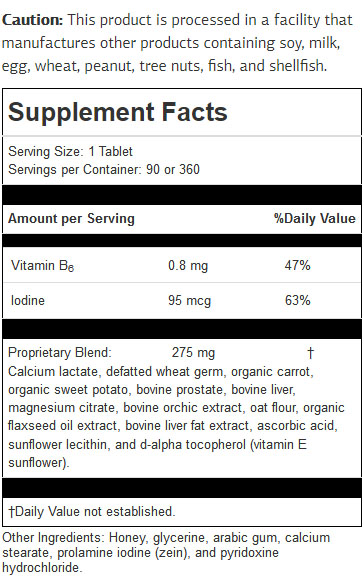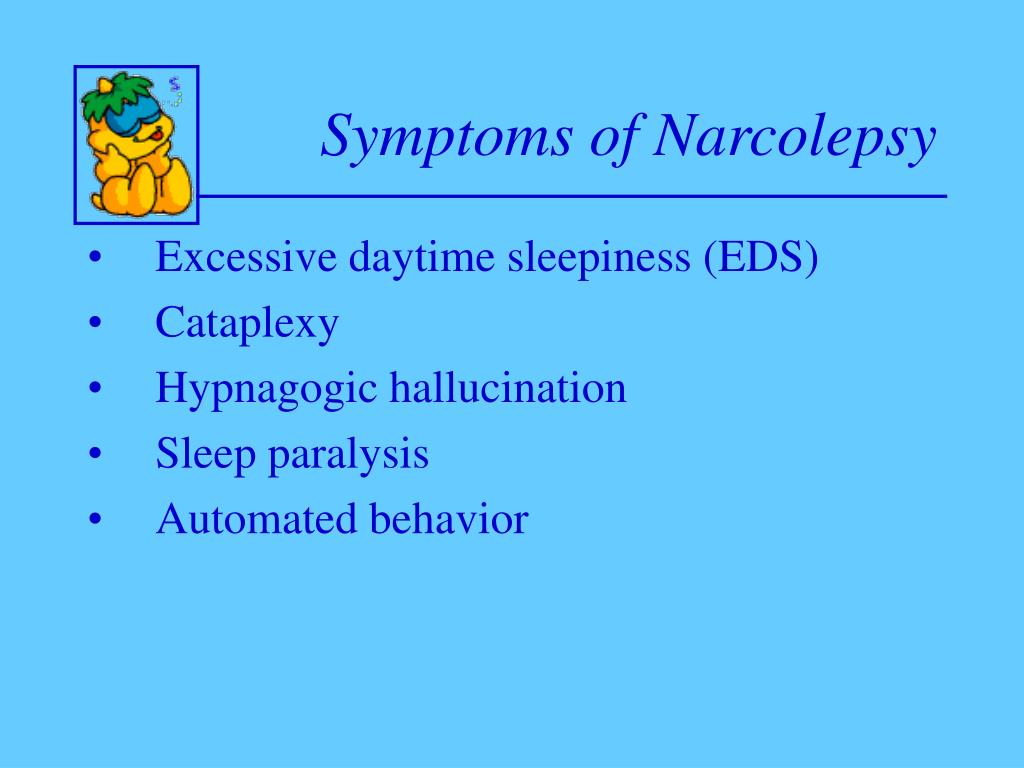
We have not used questionnaires or other objective evaluation methods for cataplexy. The continuous use of citalopram above six months, with the total or partial control of cataplexy, was considered as a therapeutic success after spontaneous report from the patient. This study was approved by the Ethical Committee for Research of the Federal University of São Paulo (CEP 1802/07). Īll patients were treated between the years of 20, with an average periodicity of 4-6 visits per year. We revised the files of 74 patients with clinical and electro-physiological diagnostic of narcolepsy, according to the criteria of the American Academy of Sleep Medicine (AASM), who were treated by of Outpatient Facility for Diurnal Excessive Sleepiness of the Federal University of São Paulo - Brazil.
#Treatment of cataplexy series#
The objective of this article is to describe our experience with the use of citalopram for the control of cataplexy in a series of patients. Therefore, other options of treatment have been used locally. Īlthough gamma-hydroxybutyrate is the main drug for the treatment of cataplexy, this medication is still not available in Brazil.

The pharmacological treatment of cataplexy in patients with narcolepsy includes gamma-hydroxybutyrate, tricyclic antidepressants, selective serotonin-reuptake inhibitors, venlafaxine or reboxetine. The majority of stimulant medications used for the treatment of diurnal excessive sleepiness is little effective upon cataplexy or upon other symptoms related to the REM sleep. Therefore and due to this distancing of friends and familiar interactions, there is a major prevalence of humor disturbances within this population. In this sense, the patients with cataplexy are deprived of social situations to avoid emotions and subsequent attacks. As far as event frequency, they might vary from sporadic during the year, to several attacks during the day with important incapacitation. Besides, the episodes are more frequent when the patients are sleepy of chronically stressed. Ĭataplexy may affect only a specific muscle group or all skeleton muscles. Normally, during the attack of cataplexy, there is no loss of consciousness.

It reaches 0-70% of all patients with narcolepsy and affects the individual during vigil for some seconds to several minutes. In this study, we report a series of cases with patients with narcolepsy and cataplexy, treated with citalopram for the control of cataplexy.Ĭitalopram, Narcolepsy, Cataplexy, TreatmentĬataplexy consists of a sudden and temporary loss of muscle tonus, triggered by an emotional stimulus. As gamma-hydroxybutyrate is not available in Brazil, local treatment is usually done by the use of antidepressants.Ĭitalopram is a selective inhibitor of serotonin reuptake, with reasonable price and with fewer side effects when compared with other drugs of the same type. Some antidepressants, besides gamma-hydroxybutyrate, are used for the control of cataplexy. Cataplexy is the most specific symptom of narcolepsy, being characterized by a sudden and temporary loss of muscle tonus, triggered by episodes of emotion during vigil. We look forward to helping you resolve your sleep issues.This is a series of cases describing the use of citalopram for the treatment of cataplexy in patients with narcolepsy. We will need a referral from your physician before your appointment.

Please call 73 to schedule a clinic visit. We typically treat narcolepsy with a combination of medications and suggestions for changes in behavior. During the MSLT, you are monitored at the Sleep Laboratory and have a series of nap trials during the day. The MSLT is a daytime test that follows the overnight sleep study. A daytime naps test, called a multiple sleep latency test (MSLT).In order to be diagnosed, you will need to come to the University of Michigan Sleep Disorders Center for: Sudden onset of muscle weakness in response to laughter or strong emotion (called "cataplexy").Sensation of dreaming while you are still awake (sleep-related hallucinations).Temporary inability to move when you wake up (called "sleep paralysis").

The fifth symptom-cataplexy-does not occur in all individuals with narcolepsy. The first four symptoms do not automatically indicate narcolepsy. Approximately 1 in 4,000 people have narcolepsy, but the condition often goes undiagnosed. If you fall asleep several times during the day-no matter how hard you try not to-you could have narcolepsy.


 0 kommentar(er)
0 kommentar(er)
